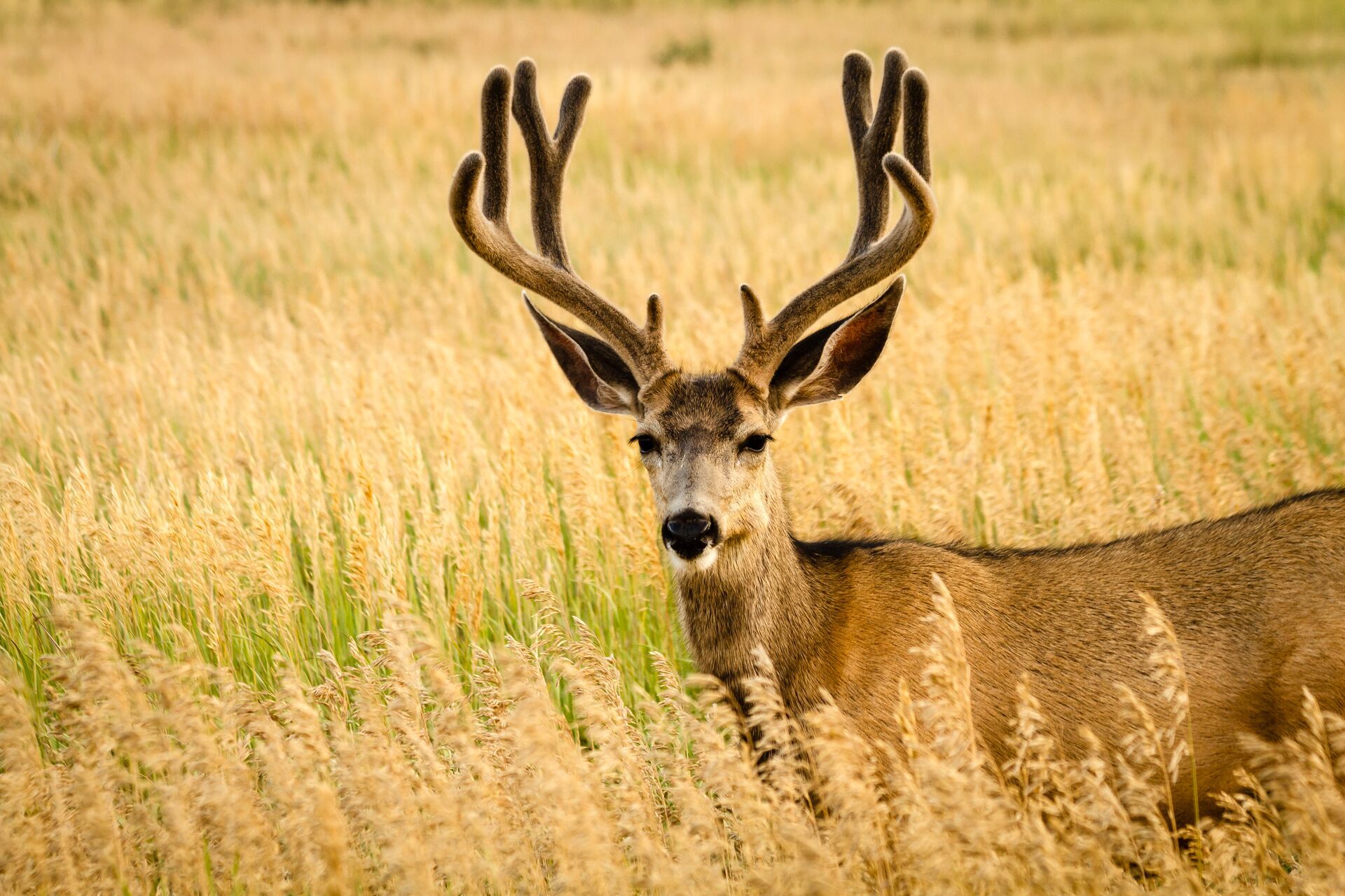In each instance, recognizing the game you're pursuing would be relatively straightforward – but what about the hunter leaving Wisconsin to head to South Dakota to hunt mule deer for the first time? This could provide a particularly unique challenge.
Whitetail deer and mule deer are similar in appearance, and, to the untrained eye, they might be completely indiscernible. For that reason, it's especially important to study and understand the differences between mule deer vs. whitetail deer and how to identify which species you're observing in the field.
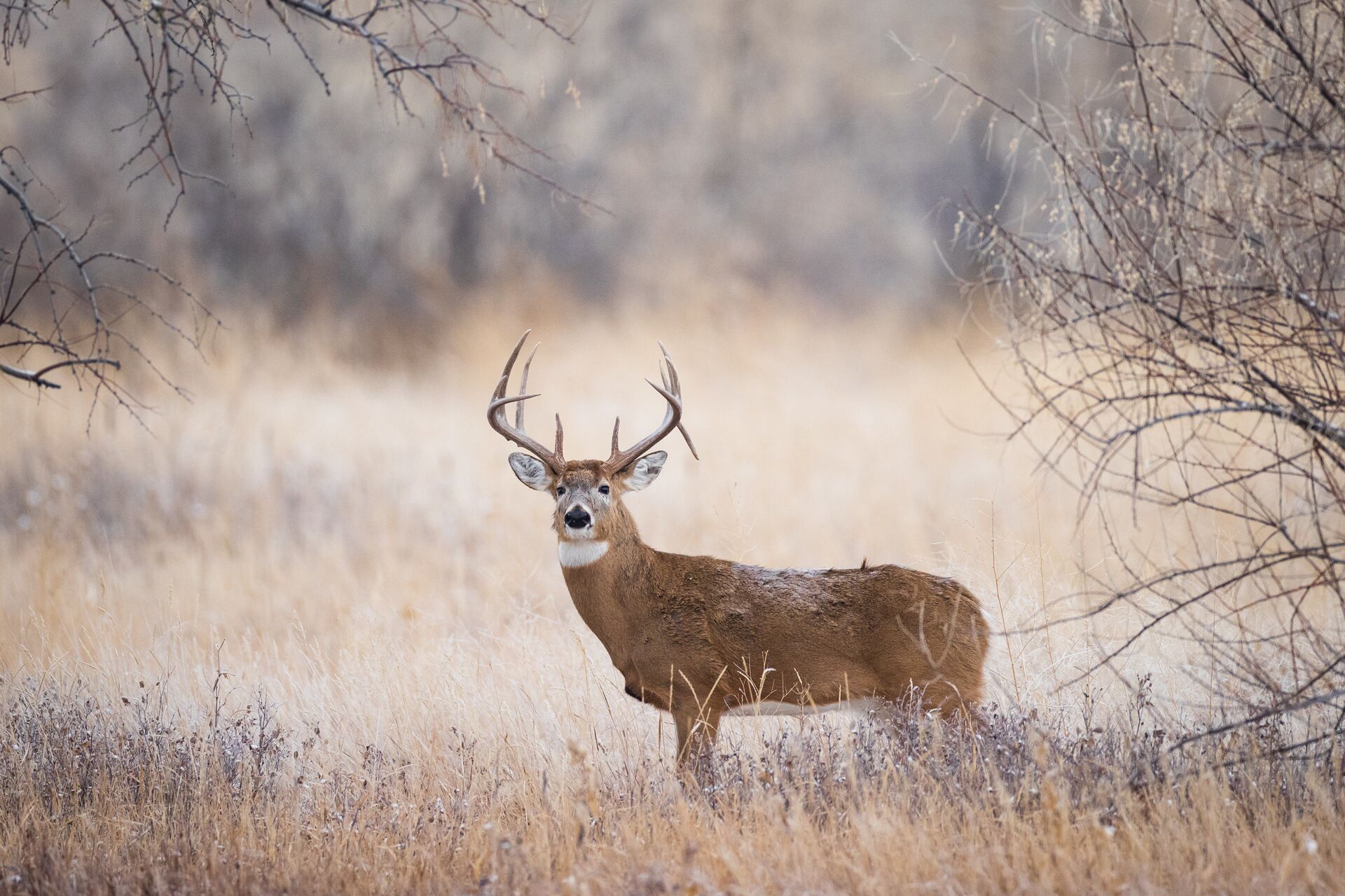
How to Identify a Whitetail Deer
Nearly every state has whitetail deer; some states and regions have more than others.
Northern Michigan is one place where they're quite common. They're often very visible, even from a vehicle while driving.
I can't remember the first whitetail I saw as a kid; I also can't remember a time when I didn't know what a whitetail deer was.
Whitetails have a dark tan or light brown coat that stays a consistent color across the entirety of their bodies. Generally, the only variation from this solid color is the white patches under their chin and the white underside of their tail that earned them their name.
These deer also vary in size greatly. According to the Michigan Department of Natural Resources, white-tailed deer, as they're properly called, can weigh from 100 to 300 pounds. When fully mature, they are between five and seven feet in length.
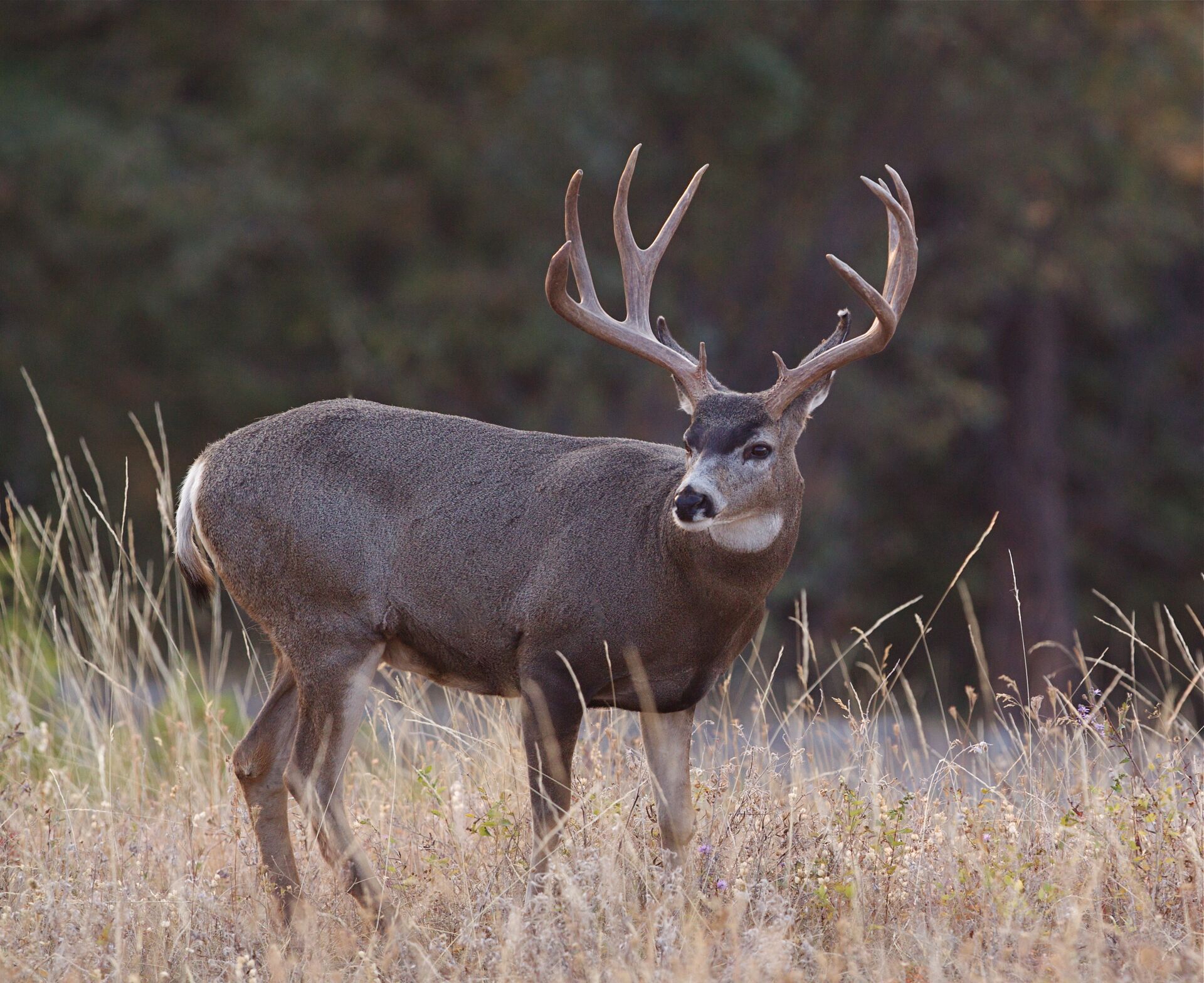
How to Identify a Mule Deer
According to the Mule Deer Foundation, mule deer range across much of the western United States. You'll find mule deer as far east as Kansas, Nebraska, or Oklahoma. From there, their range covers the rest of the states to the west.
Mule deer often sport a coat that is gray to light brown in appearance. This lighter color is advantageous in the places that mule deer call home. Although this color is solid over most of their body, mule deer have white rumps that make them easy to spot.
Similar to whitetail, mule deer range in size from 100-300 pounds, according to the National Park Service. They also share a similar length to that of whitetails, stretching between four and seven feet, nose to tail.
Mule Deer vs. Whitetail Deer: How to Tell Them Apart
At a glance, whitetails and "muleys," as they're often called, are a lot alike.
They're similar in size, their hides are comparable in color and texture, and most noticeably, they're both deer. However, they do have distinct differences.
Antlers
Mule deer bucks grow antlers with brow tines that are either small or completely absent. According to the Mule Deer Foundation, they have bifurcated antler branching, which means "tines that split once off of a main beam, and then again toward the tips." In rare cases, whitetail bucks usually have brow tines ranging from two inches to eight inches or even larger.
A whitetail's antlers grow single points off a main beam. In other words, the whitetail would have one main beam with smaller singular points coming off it. A mule deer would have its main beams, but instead of singular points, he would have points that came off the main beam and then branch again.
The antlers of these two deer species are one of the defining features that tell them apart.
Ears
Another key component of determining whether a deer is a whitetail or a mule deer is found on top of its head. True to their name, mule deer have ears that are quite large – similar to those of a mule, which is how they were given their name.
In contrast, a whitetail's ears are much smaller. Both of these animals have large ears, as their hearing is a primary way for them to detect danger. However, the ears of a mule deer are noticeably larger.
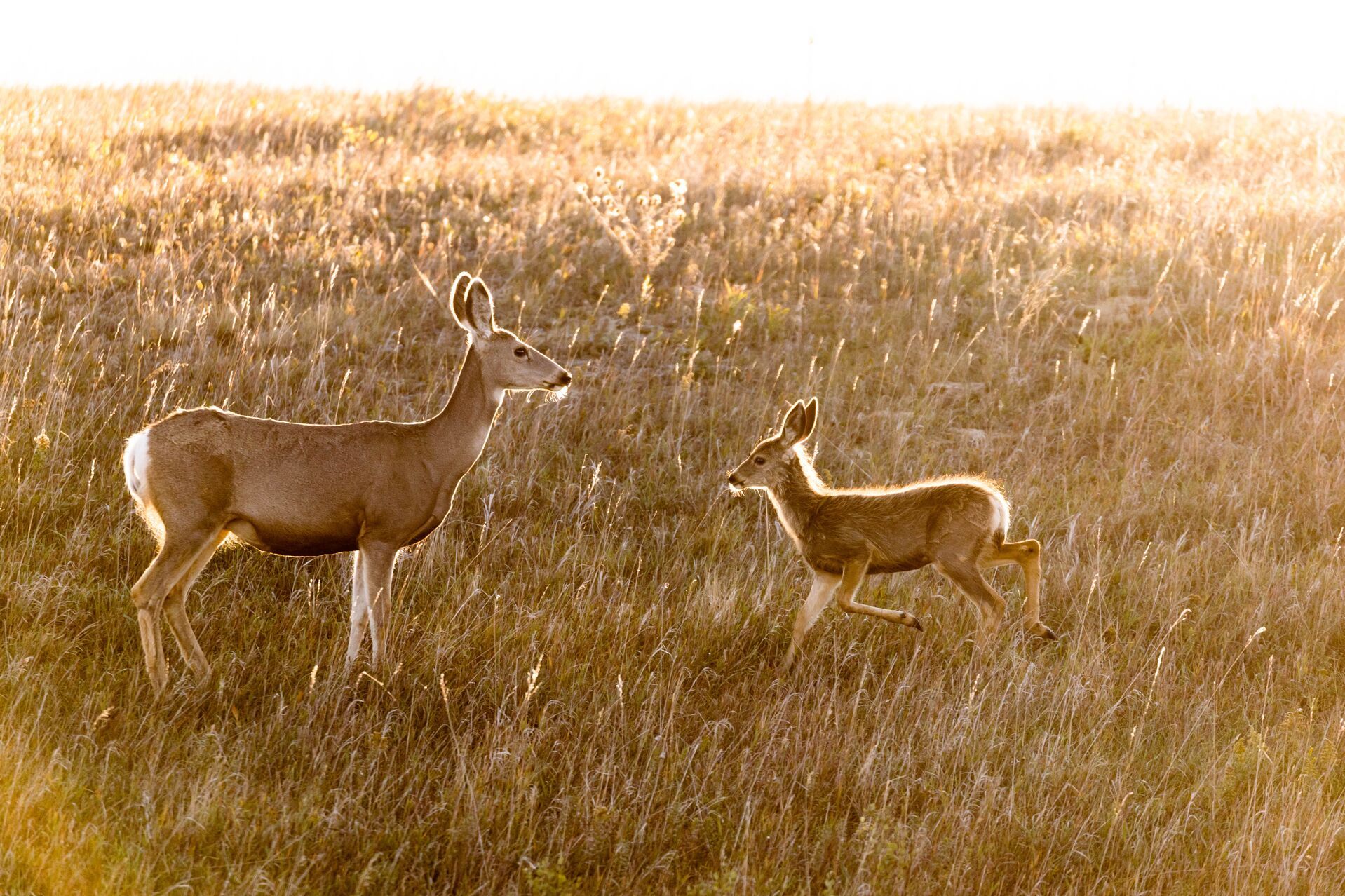
Rumps and Tails
In addition to their antlers and ears, you can tell these species apart from their rumps and tails.
A whitetail, as you could likely guess by its name, has a white tail. The white part of their tail is the under portion. The upper part is brown, just like the rest of their fur.
The only time you will see the white part of the tail is when the deer is holding the tail up or "flagging." This often happens when the deer is running or frightened.
Mule deer, on the other hand, have an entirely white rump. Their tail, and the area surrounding it, is white. Both the underside and the top of the tail. This almost makes it appear as if the mule deer is wearing a diaper.
This feature between the two species is the single easiest way to tell them apart.

Use HuntWise to Find Deer This Season
This year, as you prepare for your hunts, take some time to understand the appearance of the animals you're hunting – especially if you're making a first trip out west to hunt mule deer when you've grown up on whitetail.
Conversely, if you're a mule deer hunter from Arizona and you're going to head to Nebraska whitetail hunting for the first time, take some time to learn the subtleties between mule deer and whitetail.
No matter what type of deer you hunt, always use HuntWise to check state regulations. Some states have an "any deer" tag that would be good for mule deer or whitetail, whereas other states require you to have a tag specific to the species you're harvesting. Shooting the wrong deer with the wrong tag can lead to fines and other issues.
You can also use HuntWise to scout public and private hunting land and choose the best dates to get out in the field based on whitetail or mule deer activity. So, whether you hunt mule deer vs. whitetail, HuntWise helps you gain an advantage over other hunters with our WindCast and RutCast features.
Download HuntWise and try it for free for a week!

 Elk
Elk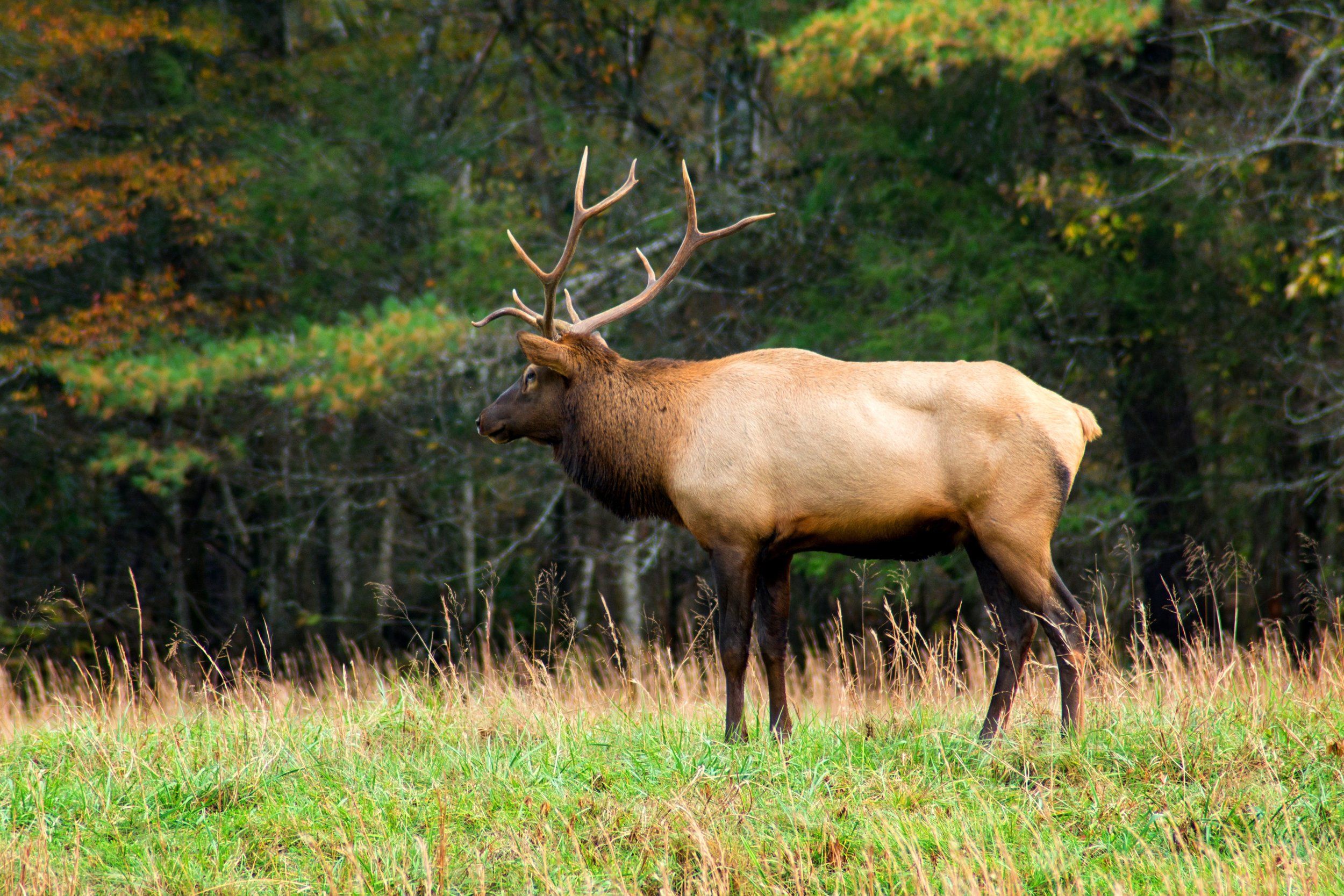 Elk
Elk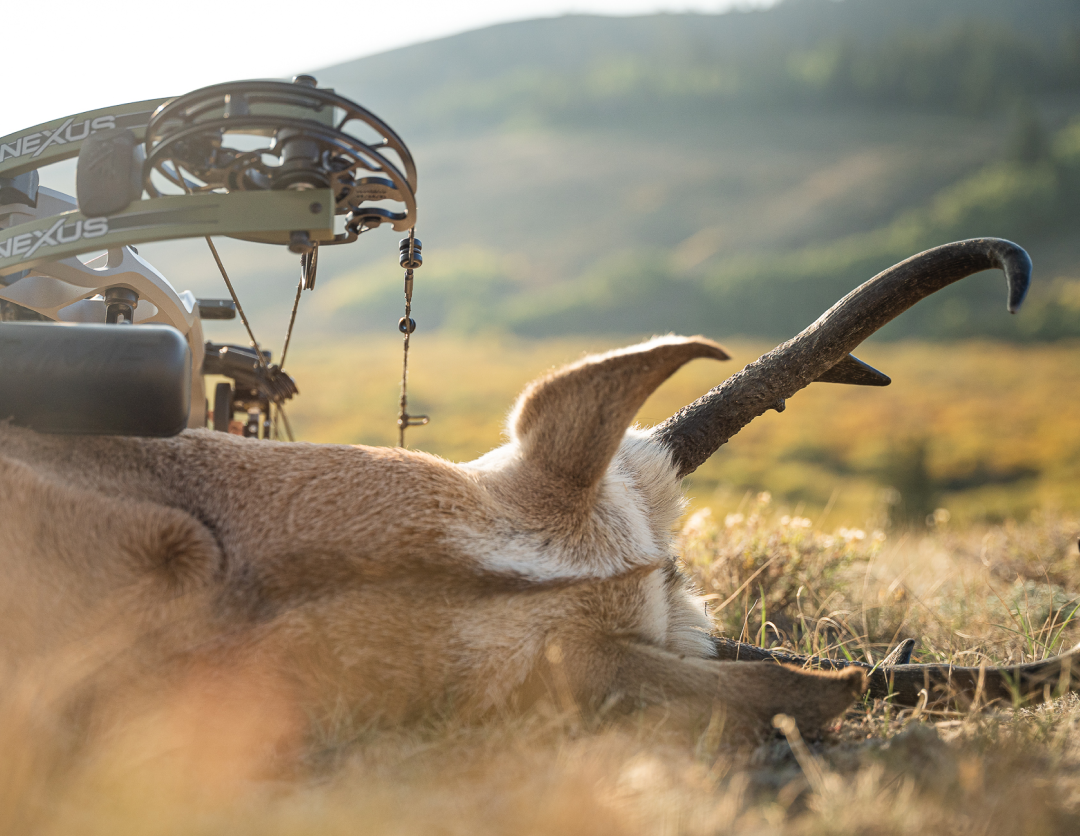 Elk
Elk